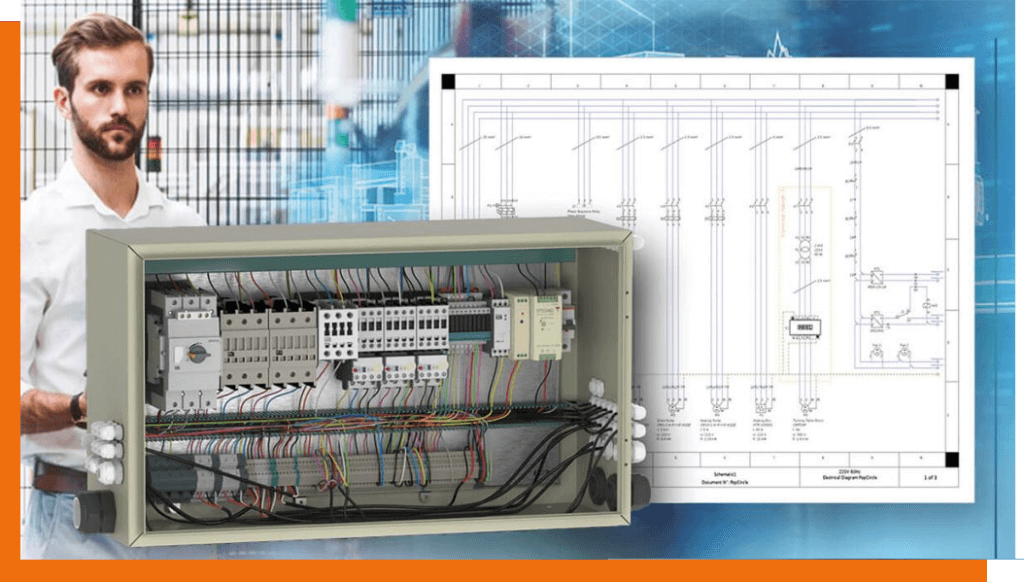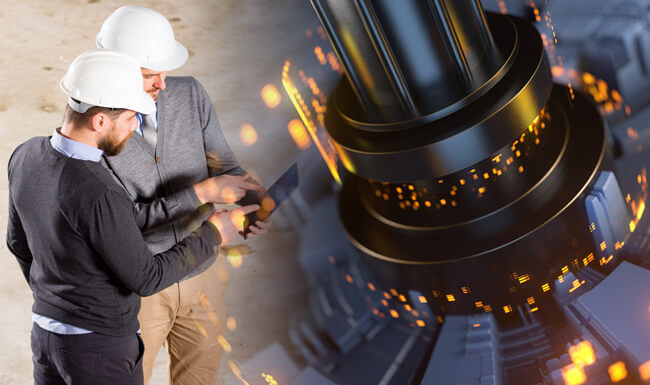While many common tasks in a factory or job shop are achievable via internal skills and methods, creating custom control panels is not typically seen as one of them. Of course, it’s still possible to achieve. However, fabrication quality for component installation and wiring sometimes will suffer. And design drawings are many times loose or non-existent. This occasionally drives systemic operational issues, because systems like PLC Panels are meant to be quick to troubleshoot and keep running. Factory or job shop built control panels tend to be hard to facilitate any troubleshooting actives due to lacking wiring and documentation competencies and skillsets. Don’t worry, though! That’s why experts like Automation Ready Panels are here.

Getting Your Custom Control Panel Ready
If you attempt to create your own custom control panel, you can get relatively far. Creating design drawings are used to lay out the panel and components as well as defining wiring requirements. Some components may be very familiar. However, you could hit a roadblock in your progress once you reach the end of your electrical design with the unfamiliar components. From there, you’ll need an electrical engineer and/or electrician. This is crucial for your safety, as well as the functionality of the panel itself.
Bringing the Panel to Life
Everybody’s needs for these control panels are different. After the panel wiring is verified and the panel is methodically powered-up, its time to install programming code that will accomplish the tasks it has been built for. Simulating that programming ahead of time will create for a quicker, more vertical startup. Creating a plan for testing the panel on the actual machine or process also takes some planning and needs to approached cautiously for safety and equipment damage concerns. A well-seasoned controls engineer will be very familiar with this process. Once machine functions are validated, the machine or process can be run in automatic modes, ensuring proper sequencing during a dry-run situation. Finally, full production can be initiated, starting the clock on your return-on-investment of this new automation.

Creating and building custom control panels requires the proper time and expertise. Engineers and electricians work together to create fully-operational machines that help businesses improve their workflow. These panels are meant to last for decades, withstanding changes in technological trends and other factors that may otherwise age computers. If you’d like to know more about our custom panels, contact us today.
